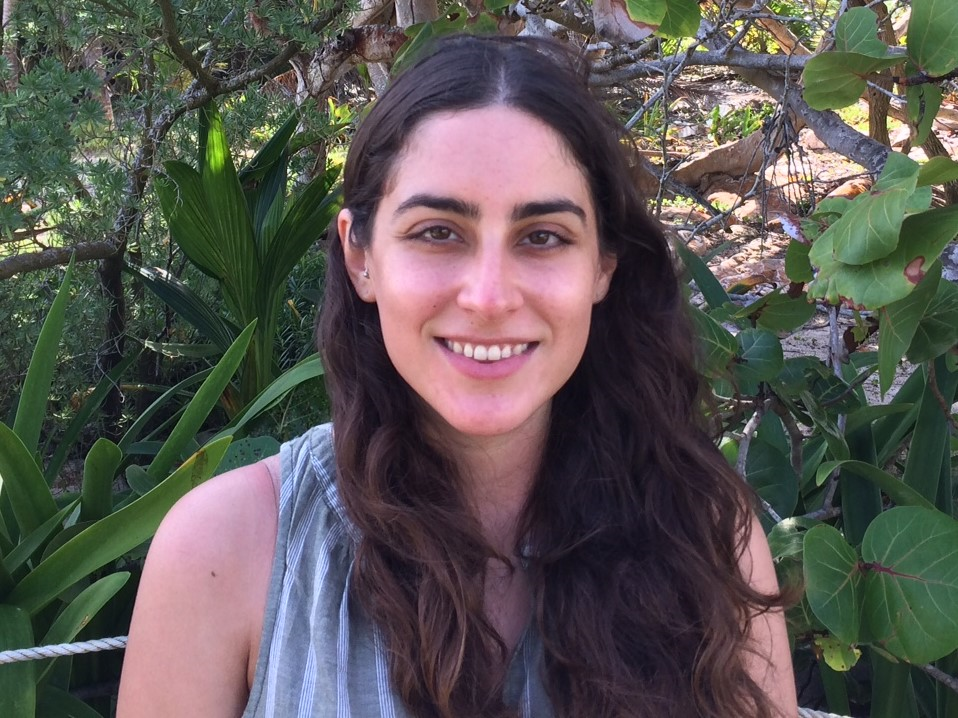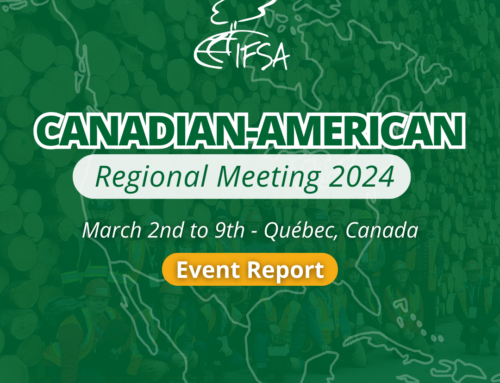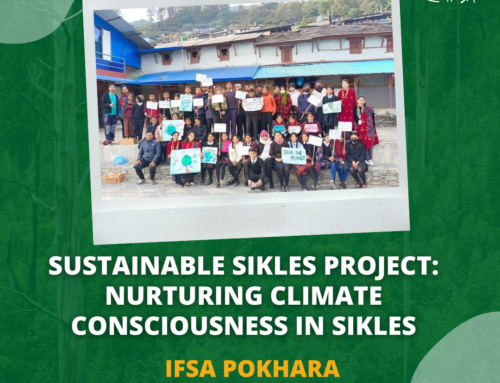Forest Landscape Restoration (FLR) has been an active topic throughout the UNFF 13. The Major Group Children and Youth participated in two side events on this topic. The first side event on “Progress under the Forest Ecosystem Restoration Initiative”, was organized by the Secretariat of the Convention on Biological Diversity (CBD) and the Forest Service of the Government of the Republic of Korea. The side event delved into how biodiversity targets could be more effectively incorporated into forest ecosystem restoration initiatives across the world. The case of Madagascar and Korea were exposed as concrete examples on how restoration have been approached at the national level.
The discussion was centered around the following questions: (1) How can we make sure that biodiversity remains an integral part of the forest restoration agenda? And (2) What are key country needs and how can Forest Ecosystem Restoration Initiative (FERI) help? However, the conversation quickly scaled beyond these questions, raising concerns on, for instance, how women and indigenous communities are being engaged in restoration efforts. On the other hand, an additional question expressed the concern about how restoration initiatives might be competing with conservation efforts and funding where the latter might be a more pressing priority.
The second side event, “Implementing the CPF Joint Initiative on Forest Landscape Restoration in support of the Global Forest Goals and the UNSPF”, was organized by the Collaborative Partnership on Forests (CPF), with the participation of the International Union for Conservation of Nature (IUCN), UNFF representatives, the Global Environmental Facility (GEF) and the International Tropical Timber Organization (ITTO). The CPF presented their work plan on FLR, which has the objective of enhancing the global FLR process and assisting countries and stakeholders to scale up and to strengthen implementation of FLR at the nation and sub-national level.
The project, funded by GEF with $625,000 in grants and 1 million in co-funding over 2 years, has three main components: (1) mainstream FLR into national, regional and international policy frameworks, (2) increased effectiveness and efficiency of resource mobilization for FLR, and (3) identify and capture synergies among CPF members FLR programs. Mr. Ulrich Apel, GEF’s representative, spoke on the need to improve the coherence of the existing initiatives working on FLR, and of better synergies in implementation and monitoring to scale efforts.
The event held a live survey designed for UNFF member to hear directly from and better understand member states, NGO’s, and major groups’ perspectives, experiences, and suggestions on how CPF members can best support countries in achieving objectives related to the restoration of forest landscapes. The questions of the survey gauged the perceptions of participants on the major obstacles and opportunities of FLR.
As the Major Group Children and Youth, we expressed the importance of involving younger generations in FLR efforts. FLR initiatives at the national and sub-national level cannot be successful if local knowledge of land management, capacity-building, financial support, and policy incentives are not effectively transferred to the youth. We will be the generations that will carry out restoration efforts for the decades to come and so we need to be involved now at the landscape level.
 Renata is a 2019 candidate Master of Environmental Management at the Yale School of Forestry and Environmental Studies and holds a B.A. in International Relations from the Tec de Monterrey in Mexico.]]>
Renata is a 2019 candidate Master of Environmental Management at the Yale School of Forestry and Environmental Studies and holds a B.A. in International Relations from the Tec de Monterrey in Mexico.]]>




